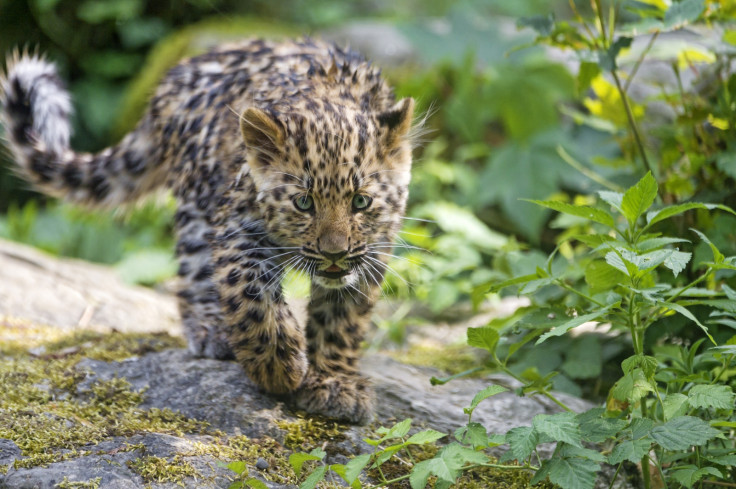Amur leopard conservation: Population of rarest cat doubles in seven years
Populations of the world's rarest big cat have doubled over the last seven years, the WWF has said.
In 2007, there were just 30 Amur leopards living in the wild. However, new census data shows there are 57 living in Russia's Land of the Leopard National Park and a further eight to 12 living in nearby areas of China.
The census follows footage released by the WWF showing a family of Amur tigers playing 30km from the Russian border in China – the furthest they have been captured on camera that far into China.
To work out the Amur leopard population numbers, camera traps were spread across 900,000 acres of land.

Scientists, from Land of the Leopard National Park and the Russian Academy of Sciences, then analysed over 10,000 images from camera traps and identified almost 60 individuals from their distinctive spot patterns.
Conservationists' area also working to monitor leopard populations across the border in Chinese nature reserves. In the future, it is hoped a trans-boundary nature reserve will be established to further encourage population growth.
"There's still a lot of work to be done in order to secure a safe future for the Amur leopard, but these numbers demonstrate that things are moving in the right direction," said Barney Long, Director of Species Conservation for WWF-US.

The Land of the Leopard National Park includes all of the Amur leopard's known breeding areas and 60% of the species remaining habitat.
The Amur leopard has been listed as critically endangered on the ICUN Red List since 1996: "It faces numerous threats, including encroaching civilization, new roads, poaching, exploitation of forests and climate change," the report states.
© Copyright IBTimes 2025. All rights reserved.






















